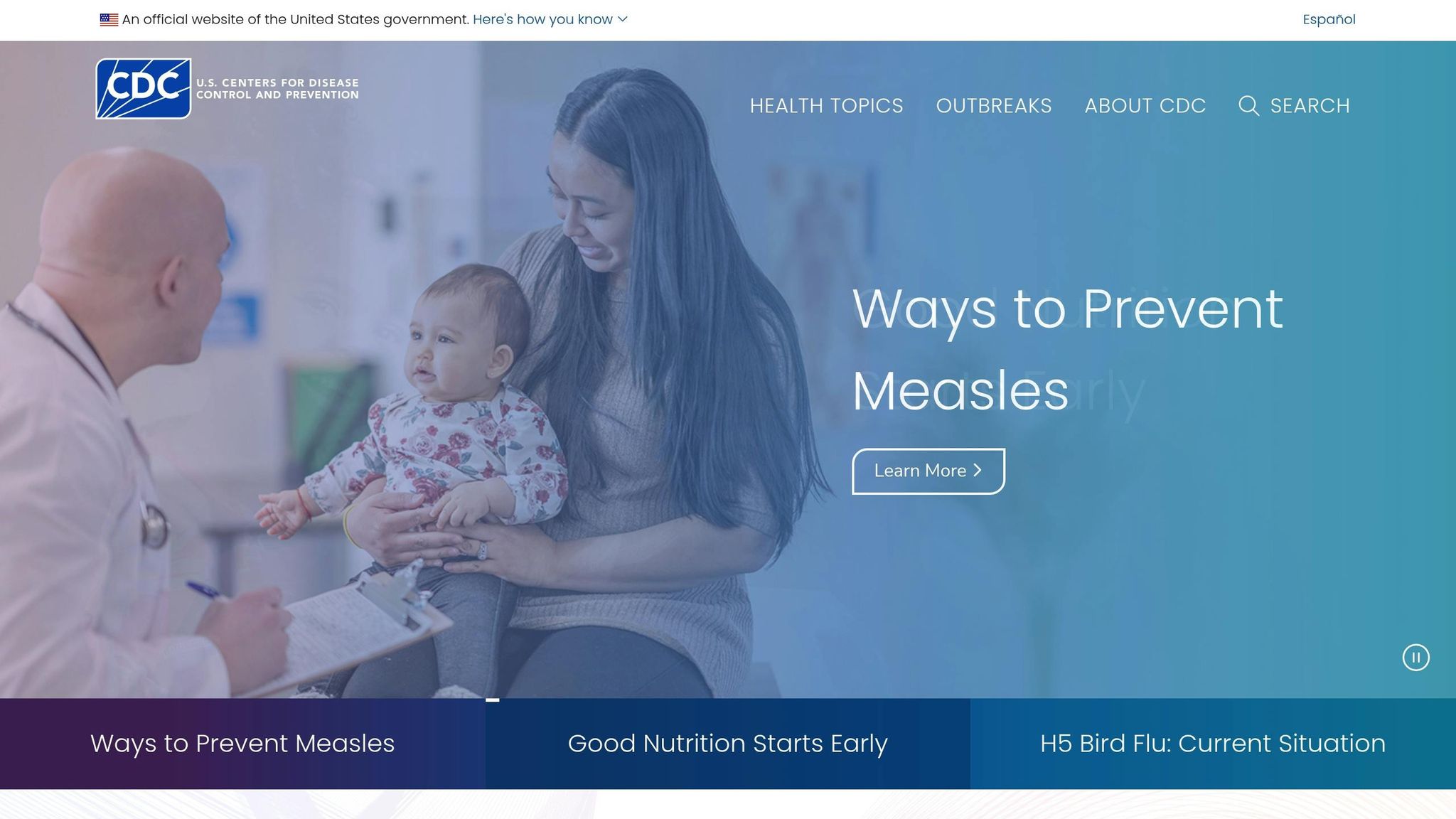Managing IV lines safely is critical to avoiding complications like infections, blockages, and therapy interruptions. Here’s a quick summary of the most important practices and tools to ensure patient safety:
- Practice strict hand hygiene before handling IV lines.
- Use chlorhexidine in alcohol for skin antisepsis to cut infection risks by 49%.
- Secure IV lines properly to prevent migration and occlusions.
- Label and organize lines to avoid medication errors.
- Inspect sites daily for redness, swelling, or leaks.
- Use tools like the Beata Clasp to stabilize tubing and reduce contamination.
These steps, combined with regular training and monitoring, can significantly reduce risks and improve patient outcomes. Keep reading for detailed strategies and tools to enhance IV line safety.
Basic Safety Rules
Infection Control Steps
- Wash your hands with soap and water or use an alcohol-based sanitizer before handling any IV.
- For central venous catheter (CVC) insertions, use full sterile barriers, clean the insertion site with a solution containing more than 0.5% chlorhexidine in alcohol, and let it dry completely according to the manufacturer's instructions.
- Following these steps reduced catheter-related bloodstream infections by 66% in a multicenter ICU study.
CDC Safety Guidelines

- Ensure staff are properly trained in IV catheter procedures.
- Perform hand hygiene before and after any catheter-related task.
- Use more than 0.5% chlorhexidine in alcohol for skin preparation.
- Apply full sterile barriers when inserting CVCs or peripherally inserted central catheters (PICCs).
- Replace dressings if they become damp, loose, or dirty.
Using chlorhexidine for skin preparation lowers the risk of catheter-related infections by 49% compared to povidone iodine.
To maintain high safety standards:
- Offer regular training sessions on catheter care for staff.
- Conduct routine audits to check adherence to safety protocols.
Next, we’ll look into organizing lines to make IV management smoother.
Preventing IV Line Contamination
IV Line Organization Methods
After establishing safety protocols, it's crucial to use clear and organized methods to manage IV lines effectively and minimize mistakes.
Line Labeling Systems
Proper labeling is key to avoiding medication errors and infusion delays. Clearly mark each infusion line with the start date and time. Use tubing tags to record infusion rates, and double-check these details during every shift handoff.
Site Monitoring Steps
Once lines are labeled, regular monitoring is essential. Focus on these checkpoints:
- Look for redness, swelling, temperature changes, or any pain reported by the patient at the insertion site.
- Check that dressings are dry, intact, and securely sealed at the edges.
- Flush lines to ensure there’s no resistance or signs of infiltration. Clamp any lumens not in use.
Line Placement Rules
Correct line placement is the foundation of infection control and maintaining line function. Keep these steps in mind:
- Trim hair around the site, clean with soap and water, and apply a CDC-approved solution containing more than 0.5% chlorhexidine in 70% alcohol. Allow it to air dry completely.
- Cover the site with a sterile dressing shaped to fit the area and secure it with a device that avoids unnecessary tension.
- Use a skin barrier to protect fragile skin.
- When removing dressings, go "low and slow", pulling along the direction of hair growth to reduce skin trauma.
sbb-itb-f779e18
Safety Equipment and Methods
In addition to precise placement and monitoring, tools like the Beata Clasp help reduce contamination risks and make managing lines easier.
Antimicrobial Line Organizers
According to the Top Health Tech Hazards for 2025, loose tubing poses risks such as infections and tripping hazards. The Beata Clasp is designed to tackle these issues with features like:
- Antimicrobial surface to limit microbial growth
- Bright color for quick and easy line identification
- Tubing stabilization to prevent tangles, trips, and misconnections
- Easy-to-clean, latex-free, and recyclable materials
- Universal compatibility with IV, nasogastric, and oxygen tubing
This tool is simple to use and can be integrated into your workflow immediately.
Purchasing Options
- Individual Unit (1) – $19.95
- Evaluation Pack (10) – $163.00 ($16.30 each)
- Bulk Order (25) – $467.50 ($18.70 each)
No special training is needed - just unpack and start using.
Infection Prevention Steps
Once lines are properly organized, the next priority is stopping intraluminal contamination. Clear labeling and secure placement play a key role in preparing for effective hub disinfection.
Port Cleaning Methods
Preventing intraluminal contamination requires shifting attention from insertion bundles to daily maintenance. Medline Clinical Resource Manager Jill Nolte highlights the importance of this, stating, "So when we're not disinfecting connector hubs consistently and correctly, we're literally infusing bacteria into our patients. Disinfection caps solve that problem."
Key steps for hub disinfection include:
- Disinfect before every access: Use 70% CHG swabs to scrub all hub surfaces thoroughly. Allow them to air-dry completely.
- Use disinfection caps: These caps sanitize in just 30 seconds and offer protection for up to seven days.
- Replace caps after each access: Always swap out the cap to maintain cleanliness.
Keeping disinfection caps easily accessible at the bedside, along with consistent training and reminders, can help improve adherence to these practices.
Next, we'll discuss how to teach patients and families to take part in IV line care.
Summary
Ensuring IV line safety requires strict attention to detail and following established protocols. Here's a breakdown of key practices and tools to help maintain safe IV management.
Key Safety Points
Research shows that 40% to 50% of catheter occlusions are non-thrombotic, often caused by factors like catheter misplacement or poor securement. To minimize risks, follow these essential steps:
- Practice proper hand hygiene before every IV procedure.
- Use chlorhexidine for skin antisepsis to reduce infection risk.
- Apply sterile dressings and replace them as needed.
- Use securement devices to prevent catheter movement.
"Evidence-based nursing is vital to prevent complications associated with IV device wounds." - Claire Rickard, Amanda Ullman, Tricia Kleidon, and Nicole Marsh
Tools and Solutions for Safety
Pair these practices with tools like the Beata Clasp, an antimicrobial organizer designed to stabilize tubing and lower contamination risks.
Additionally, conducting regular audits of IV dressings and securements ensures safety protocols are upheld on every shift.
